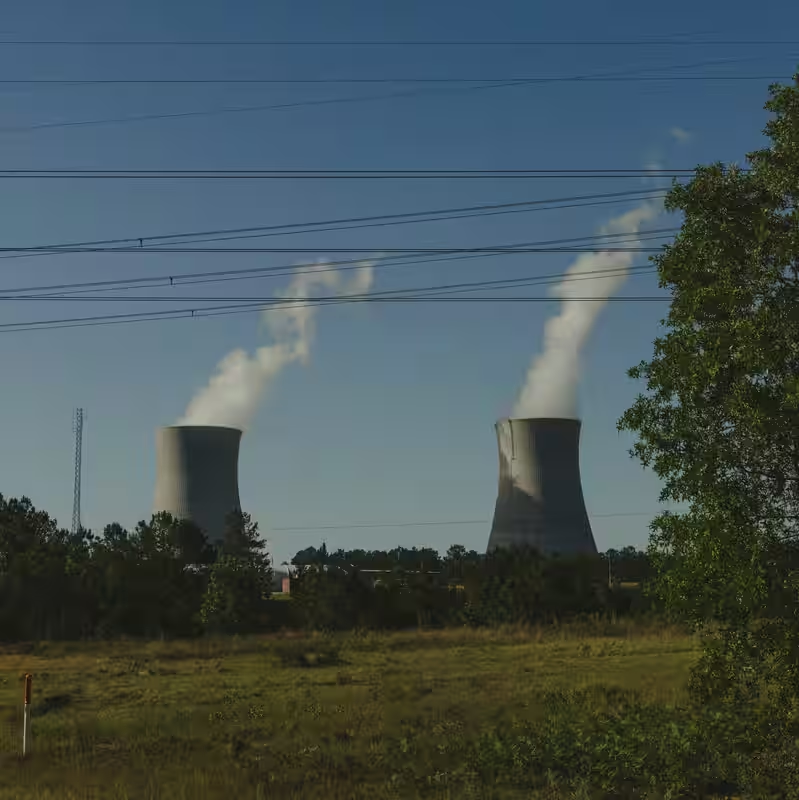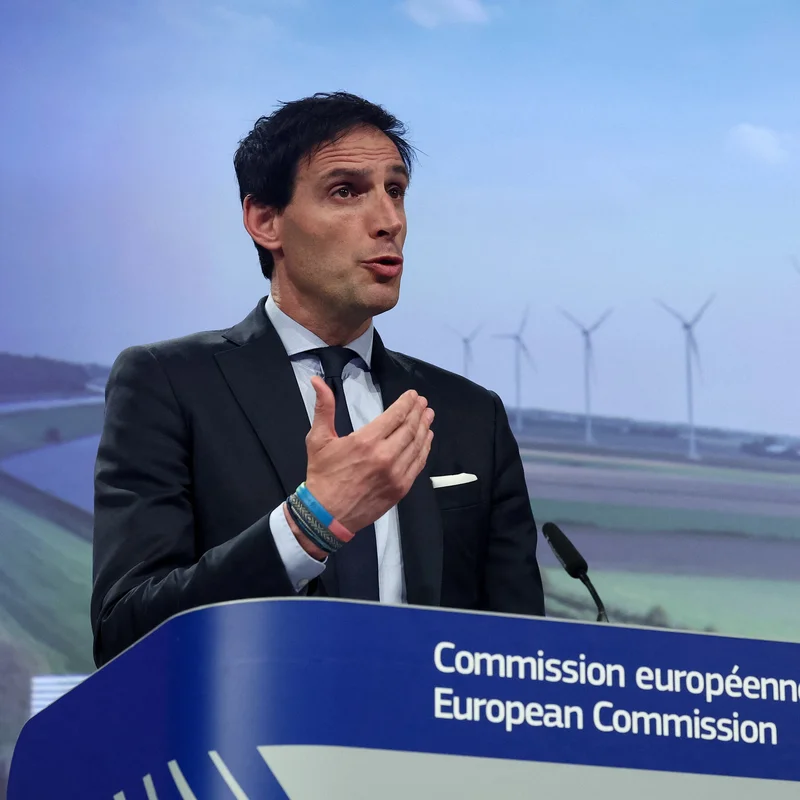Trump Unveils $80B Nuclear Power Push with Westinghouse
In a bold move aimed at supercharging America’s energy future—and its artificial intelligence ambitions—the Trump administration announced Tuesday a sweeping plan to back the construction of multiple new nuclear power plants using reactors from Westinghouse Electric Company. The initiative, valued at roughly $80 billion, marks the most significant federal endorsement of nuclear energy in over a decade.
Nuclear Power Gets a Trump-Style Revival
Energy Secretary Chris Wright framed the deal as central to President Trump’s vision of “fully energizing America” and winning the global AI race. “This historic partnership with America’s leading nuclear company will help unleash President Trump’s grand vision,” Wright declared at a press briefing.
The plan involves a public-private alliance between the federal government, Westinghouse, Brookfield Asset Management, and Cameco—the Canadian uranium giant that co-owns Westinghouse. While few technical or siting details were released, officials confirmed the new reactors will be based on Westinghouse’s AP1000 design, the same model used in Georgia’s Vogtle plant.
Why Nuclear Now?
For years, nuclear energy has struggled in the U.S. due to ballooning costs, regulatory hurdles, and construction delays. But the explosive growth of AI data centers—which consume vast amounts of electricity—has reignited interest in reliable, carbon-free baseload power.
“AI doesn’t run on hope—it runs on megawatts,” said one industry insider who spoke on background. “And nuclear is the only zero-emission source that can deliver 24/7 power at scale.”
A Troubled Legacy: The AP1000’s Past
The AP1000 reactor was once hailed as the cornerstone of a “nuclear renaissance” in the early 2000s, with plans for nearly two dozen units nationwide. But only two were ever completed—at the Vogtle plant in Waynesboro, Georgia—after massive delays and cost overruns pushed the final price tag to $35 billion, more than double initial estimates.
Critics warn that without major reforms to licensing, supply chains, and workforce training, history could repeat itself. “Building nuclear plants is hard,” said Dr. Arjun Makhijani, president of the Institute for Energy and Environmental Research. “Throwing money at the problem won’t fix systemic bottlenecks.”
Political Calculus Behind the Announcement
The timing is no accident. With the 2026 midterms looming and AI dominance a top national security priority, the administration is positioning nuclear energy as both an economic and geopolitical weapon. The deal also aligns with Trump’s long-standing promise to revive American manufacturing and energy independence.
Notably, the announcement comes as the U.S. seeks to counter China’s rapid expansion of nuclear capacity—Beijing has built 25 new reactors in the past five years alone.
Infographic: U.S. Nuclear Power – By the Numbers
| Metric | Figure |
|---|---|
| Total Deal Value | $80 billion (estimated) |
| Reactor Type | Westinghouse AP1000 |
| Existing AP1000 Units in U.S. | 2 (Vogtle Units 3 & 4) |
| Vogtle Project Cost | $35 billion |
| U.S. Nuclear Share of Electricity | ~18% |
| Planned New Reactors (Unconfirmed) | 4–6 (industry estimates) |
Environmental and Safety Concerns
Environmental groups remain divided. Some climate advocates welcome nuclear as a necessary tool to decarbonize the grid. Others warn of unresolved waste storage issues and the risk of accidents.
“We can’t solve the climate crisis by betting on technologies that take 10 years to build and leave radioactive waste for millennia,” said Diane Wilson of the Beyond Nuclear coalition.
Meanwhile, the Nuclear Regulatory Commission (NRC) has yet to receive formal applications for any new AP1000 units under this initiative—raising questions about how soon construction could actually begin.
What’s Next?
The Department of Energy said it would use loan guarantees, tax incentives, and streamlined permitting to accelerate deployment. Potential sites are rumored to include retired coal plants in Pennsylvania, Texas, and Illinois—locations with existing grid connections and cooling water access.
If successful, the program could create thousands of high-skilled jobs and position the U.S. as a leader in next-generation nuclear exports. But skeptics say the real test will be whether the first shovel hits the ground before the next administration takes office.




